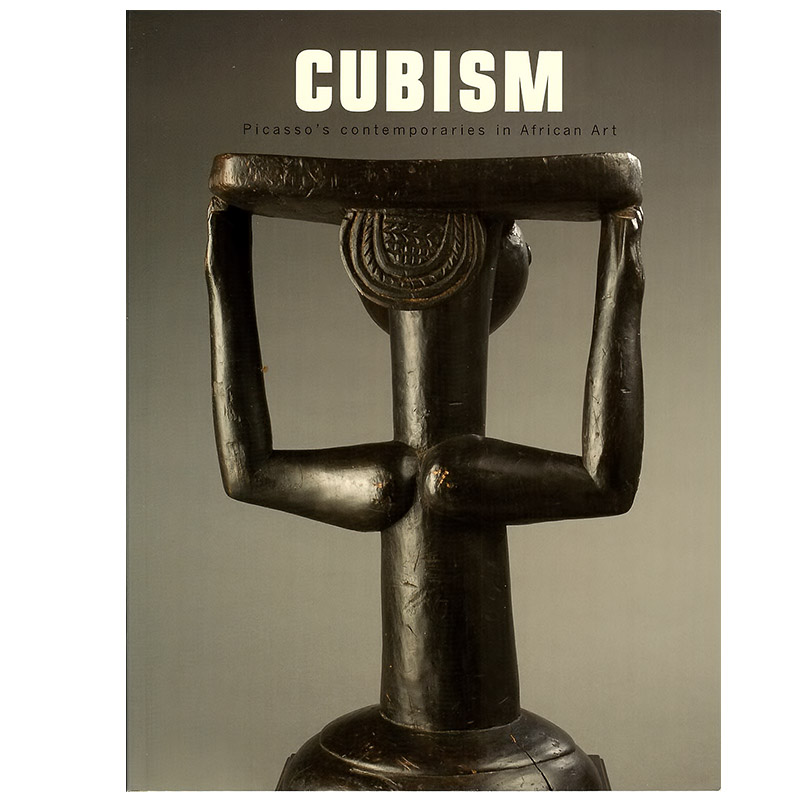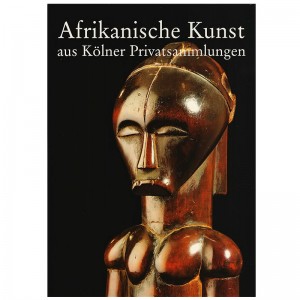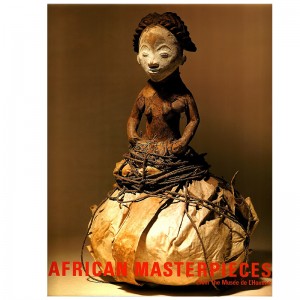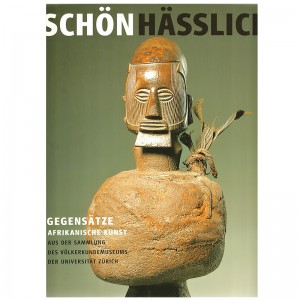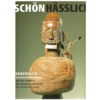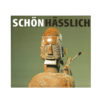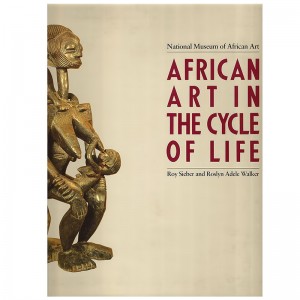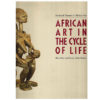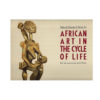CUBISM
Subtitle: Picasso’s contemporaries in African Art
Author: J. VISSER
Material Type: general or thematic Work
Publisher: Gallery J. Visser, Brussels, 2006. Paperback, dimensions: 17 x 22.5 cm
Content:. 32 p, 9 ill. col., 15 pl.coul., 1 drawings Library.
Additional information: limited release. English text. Book sold.
Condition of the structure: As new
Description
CUBISM – PICASSO‘S IN AFRICAN ART CONTEMPORARIES:
“I paint objects as I think them, not as I see them,” Picasso “. Came immediately after the upheaval of Fauvism, “cubist revolution” is perhaps the greatest change in the history of painting since the Renaissance.
Around 1907, Braque and Picasso question the very basis of visual representation: a systematic simplification of volumes, geometric shapes, geometric decomposition and recomposition facets of the “subject“. “When I went to the Trocadero, tell Picasso Malraux, it was disgusting. The flea market. The smell. I was all alone. I wanted to go. “I’m not leaving, I stayed. I understood that it was important: I happened something. All fetishes they were weapons to help people not to obey the spirits to become independent. If we give a form to the tools we become independent. I understood why I was a painter. “” The masks were not simply sculptures like the others. It was magical objects, “he had said so during a conversation transcribed in the book” Complete Works “published in 1996.
When Picasso discovered African art in 1907 in Paris, “is a real shock. He was busy painting Les Demoiselles d’Avignon. Suddenly he discovered African art and he realized he had never gone far enough “, this shock has enabled Picasso to” let go “and get rid of academic painting. He learned from Africa how to turn convex concave, chubby cheeks sunken cheeks … The influence of African art on Picasso is reflected in his works of great value. They have so much value they have became icons. “
Superb iconography and numerous illustrations in color.
Additional information
| Weight | 260 g |
|---|---|
| Dimensions | 17 × 22.5 cm |
Related Products
-
AFRIKANISCHE KUNST
50,00 €Subtitle: aus Kölner Privatsammlungen Authors: W. Schmalenbach / KORINTHENBERG G. Material Type: Exhibition Catalogue. 35th Art Fair in West Germany, Cologne: 2004 Publisher: Koelnmesse GmbH, Cologne, 2004. Bound with black draped editor binding with title in white engraved recessed under jacket illustrated color new, in-4, size: 21.5 x 30.5 cm, ISBN 3-00-013510 -3 Content: 96…
-
AFRICAN MASTERPIECES
25,00 €Subtitle: From The Museum of Man Authors: S. VOGEL / N'DIAYE F. Material Type: general or thematic Work Publisher: The Center for African Art, New York, 1985. Hardcover with red canvas binding editor, under jacket illustrated in very good condition color, size: 24 x 28.6 cm, ISBN 0-8109-1825-0 Content:. 168 pp, 76 ill. b /…
-
SCHÖN/HÄSSLICH
55,00 €Subtitle: Gegensätze. Afrikanische Kunst. Author: Mr Szalay Material Type: Exhibition Catalogue. Völkerkundemuseum der Universität Zürich: 30.03.2001 - 28.02.2002 Publisher: Offizin Verlag, Zürich, 2001. Hardcover, 4to, size: 24 x 30 cm, ISBN 3-907496-07-8 Content: 168 pp, 48 ill. b / w, 112 ill. col., 30 b / w photos, 2 pl.n / b, 7 pl.coul., 1…
-
AFRICAN ART IN THE CYCLE OF LIFE
50,00 €Authors: R. SIEBER / WALKER R.A. Material Type: Exhibition Catalogue. Haags Gemeentemuseum: Juni 3 - 5 September 1971 Publisher: The Smithsonian Institution Press, Washington, 1987. Hardcover draped with gray binding editor, under jacket illustrated color good condition, size: 30 x 30 cm, ISBN 0-87474-822-4 Content: 156 p, 4 drawings, 1 card, 130 ph.. 60 col.…
30,00 €
1 in stock



